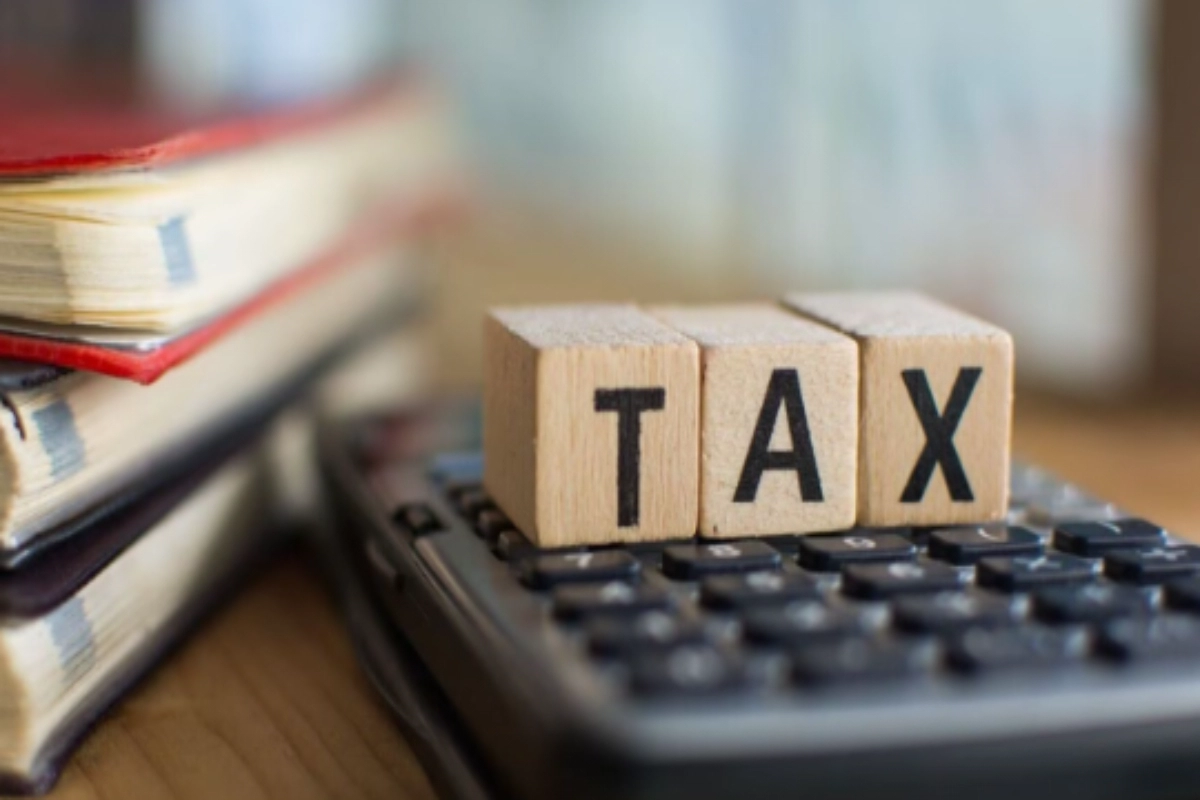GST Composition Scheme: The goods and services tax, or GST, was imposed by the Union government more than six years ago, but many firms are still having difficulty implementing it, especially in light of the various tax rates and the volume of compliance requirements. However, there is a solution available for a lot of small businesses: the composition scheme eases their difficulties.
Turnover and Frequency of GST Filings
Depending on the turnover and type of business, either monthly or quarterly GST filings and payments are required. For freelancers and small enterprises that do not have the resources to retain a full-time accountant, this could spell onerous compliances. Alternatively, small firms can choose to use a composition scheme, which makes it easier for them to file their GST returns. There are certain business types that are not required to choose this plan.
What is composition scheme
There are two ways to pay GST: either claim input tax credit or pay the standard 18% tax, whichever is applicable. Alternatively, pay a flat 1-6% tax instead of the input tax credit. The latter is accomplished by selecting the GST Law’s composition scheme. The entire turnover for a month or quarter is used to compute GST. The entire number of invoices raised in a given month is known as turnover.
Even if the service is not rendered, every advance received in a month by a services business is added to the turnover and requires payment of GST in that same month. In the case of a goods firm, this is not true.
Understanding Input Tax Credit (ITC) in GST
The GST you pay on costs associated with your firm is referred to as input tax credit. Your entire GST liability can be used to offset the input tax credit. As an illustration, suppose you work in digital marketing for a company that provides services. You pay ₹360 (at 18%) in GST on your office’s ₹2,000 worth of phone and broadband expenses each month. For business travel, you take several flights and pay ₹5,000 in GST on your airline tickets. Let’s say you made ₹2 lakh in revenue in the same month. At 18%, your GST obligation would be ₹36,000. You can pay the remaining ₹30,640 after deducting an input tax credit of ₹5,360 (₹360 from phone bills and ₹5,000 from flight) from the total amount of GST owed.
Choosing the Composition Scheme in GST
If you choose the composition method, you will pay a single tax amount. Restaurants, products merchants, and service providers all have flat tax rates of 5%, 1%, and 6%, respectively. Hanish, chartered accountant, and partner, HSKA and Associates stated that because services have relatively thin margins, the flat rate for products enterprises is smaller. “It’s not a case of preferential treatment,” he stated.
Advantages for Independent Contractors and Small Firms
The composition system is advantageous for independent contractors and small firms in the services sector with lower operating costs. “It’s a trade-off between 18% with input credit or 6% without input credit. An individual business or a freelancer typically won’t have any input credit, so the math always works out in favour of the composition scheme,” said Hanish.
For instance, your effective GST rate drops from 18% to roughly 15.25% in the scenario above when an input tax credit of ₹5,360 is claimed. On the other hand, the composition scheme just requires you to pay 6%, or ₹12,000 GST. For enterprises, a reduced tax obligation can free up cash flow.
Considerations for B2B Sellers
The only products companies that should continue to charge standard GST rates are those with large input credits. Business-to-business, or B2B, sellers represent another example. “The 1% tax that a vendor charges can’t be claimed by the business client as input credit. So, corporates don’t like to work with vendors under the composite scheme,” said Hanish.
Up to ₹50 lakh in sales, service businesses can choose the composition scheme. The threshold for goods enterprises is ₹1.5 crore, after which the ordinary GST rate is required. When registering for GST, one has the option to select the composition scheme. In order to convert from a regular GST taxpayer to one who is not, you must complete Form (GST-CMP-02) on the GST site by March 1st, which is the month before the next fiscal year begins.
Advantages of Composition Scheme
Choosing this plan has lower taxes, but it also makes compliance easier because you file your tax return annually and pay taxes on a quarterly basis. If not, GST must be submitted and paid each month. Regular GST registrants with annual revenue up to ₹1.5 crore have the choice to choose the quarterly filing option, which entails monthly tax payments but quarterly filings.
“For a small business with turnover of ₹50 lakh-1 crore, it’s difficult to do input and output offset and other compliances each month. This is a simpler compliance mechanism,” said Deepak Rao, Partner – Indirect Taxation, Acer Tax & Corporate Services.
Importance of Timely GST Payments
Given the severe penalties and interest associated with late payments, it is crucial to pay GST correctly and on time. “If the department finds out any shortfall in tax paid, the business will be asked to pay the entire pending liability of all the previous years, if that is the case, 18% annual simple interest on the outstanding tax and maybe even up to 100% of the outstanding amount as penalty. The penalty is over and above the outstanding tax which the defaulter will anyway pay,” said Rao.
Keep watching our YouTube Channel ‘DNP INDIA’. Also, please subscribe and follow us on FACEBOOK, INSTAGRAM, and TWITTER






